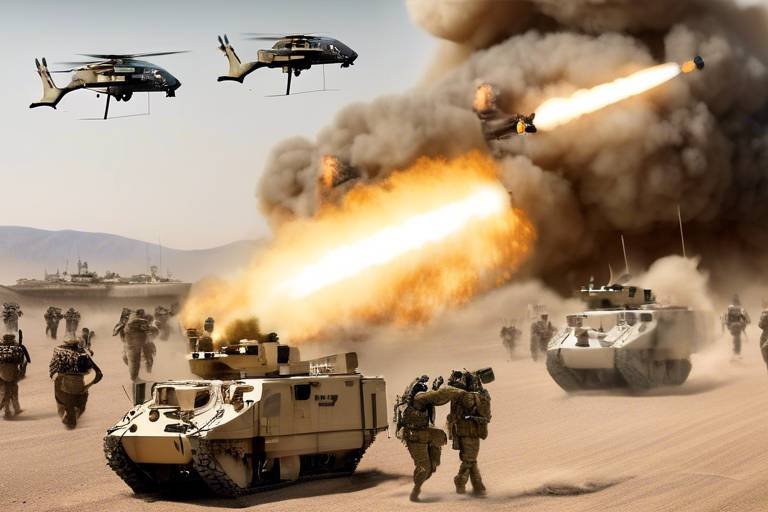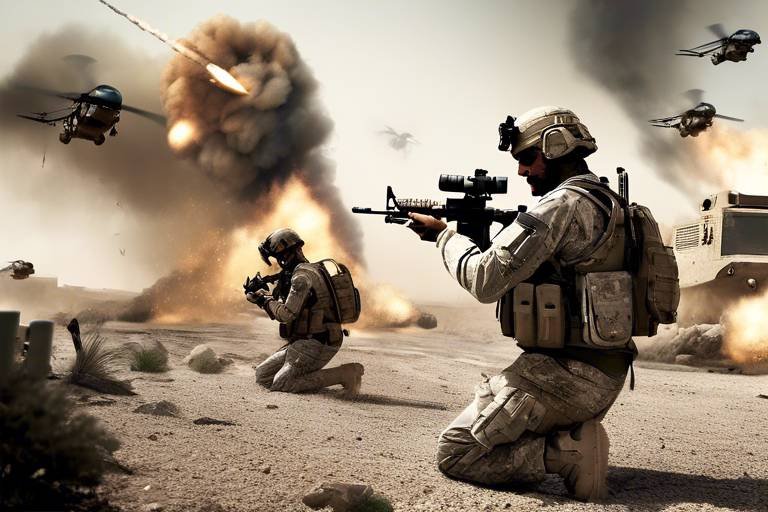Analyzing the Capabilities of the MQ-9 Reaper Drone
The MQ-9 Reaper drone stands as a testament to modern military innovation, embodying cutting-edge technology and strategic versatility. This unmanned aerial vehicle (UAV) has transformed how military operations are conducted, providing unparalleled capabilities that were once considered the stuff of science fiction. As we delve into the various functionalities of the Reaper, it's essential to understand not just its design and specifications, but also its operational roles and the impact it has on the battlefield. So, what makes the MQ-9 Reaper such a powerful asset? Let’s explore its design, operational uses, and the implications of its deployment in contemporary warfare.
The MQ-9 Reaper features advanced engineering that sets it apart from its predecessors. With a wingspan of approximately 66 feet, it is designed for both endurance and efficiency. One of its standout specifications is its payload capacity, which can reach up to 3,750 pounds, allowing it to carry a range of munitions and surveillance equipment. This drone can stay airborne for over 27 hours, making it a formidable presence in the sky. The combination of its size, payload, and endurance makes the Reaper an invaluable tool for military operations, enabling it to perform complex missions without the need for constant refueling.
The versatility of the Reaper is one of its most significant advantages. It plays multiple roles in military operations, including:
- Intelligence Gathering
- Surveillance
- Reconnaissance
- Precision Strikes
These capabilities allow military forces to adapt to various operational needs, making the Reaper an essential component of modern combat strategies.
Equipped with sophisticated sensors, the MQ-9 Reaper excels in gathering real-time intelligence. This capability is crucial for military forces as it allows for informed decision-making during missions. The drone’s ability to provide detailed imagery and data helps commanders assess the battlefield and plan their next moves effectively.
The Reaper's advanced sensor technology includes infrared and electro-optical systems, which enhance its monitoring capabilities. These systems enable the drone to operate effectively under various conditions, whether it’s day or night, and regardless of weather. The ability to gather high-resolution images and video feeds is invaluable for intelligence operations.
Moreover, the data collected by the Reaper is analyzed in real-time. This immediate processing provides actionable insights that support both tactical and strategic planning. By quickly interpreting the information, military leaders can respond to threats more effectively and adapt their strategies on the fly.
When it comes to combat, the MQ-9 Reaper is capable of executing precision strikes. This ability significantly reduces collateral damage while effectively neutralizing high-value targets. The drone's advanced targeting systems ensure that strikes are accurate and minimize the risk to civilians, which is a critical consideration in modern warfare.
One of the most compelling aspects of the MQ-9 Reaper is the advantages it holds over traditional manned aircraft. For starters, the Reaper offers increased safety for pilots. By operating remotely, military personnel can undertake missions in hostile environments without putting their lives at risk. This capability allows forces to engage in more daring operations, pushing the boundaries of what was previously possible.
With the MQ-9, the risk to human life is significantly minimized. This factor is not just about protecting pilots; it also allows military operations to be conducted with a level of audacity that was previously unattainable. Imagine sending in a drone to gather intel or strike a target without the fear of losing a pilot—this is the reality that the Reaper brings to the table.
Additionally, the operational costs of deploying the Reaper are generally lower than those of manned aircraft. This cost-effectiveness makes it a financially viable option for military operations, allowing for more extensive and sustained engagements without breaking the bank.
Despite its impressive capabilities, the MQ-9 Reaper is not without its challenges. One significant issue is its vulnerability to countermeasures. As technology evolves, adversaries are developing tactics and technologies that can disrupt the Reaper's operations, necessitating ongoing advancements in drone technology.
As we see a rise in sophisticated countermeasures, the MQ-9 must adapt to ensure its continued effectiveness on the battlefield. This constant evolution underscores the importance of research and development in drone technology.
The Reaper's reliance on satellite links for control and data transmission also exposes it to potential disruptions. This vulnerability highlights the need for secure communication systems that can withstand attempts to intercept or jam signals.
Looking ahead, the future of the MQ-9 Reaper is promising. Potential upgrades and advancements in technology will ensure that it remains a critical asset in military operations. One exciting prospect is the incorporation of enhanced autonomous capabilities. This would allow the Reaper to execute missions more efficiently, with reduced human intervention.
Furthermore, the integration of the Reaper with other military systems will enhance its effectiveness. By creating a more cohesive operational environment, armed forces can leverage the strengths of various platforms to achieve their objectives more effectively.
1. What is the primary purpose of the MQ-9 Reaper?
The MQ-9 Reaper is primarily used for intelligence, surveillance, reconnaissance, and precision strikes in military operations.
2. How does the Reaper gather intelligence?
The Reaper is equipped with advanced sensors that allow it to collect real-time data and imagery, which is then analyzed for actionable insights.
3. What are the advantages of using a drone like the MQ-9 over manned aircraft?
The Reaper minimizes risk to human life, offers cost-effectiveness, and allows for longer missions without the need for refueling.
4. What challenges does the MQ-9 face?
The Reaper faces challenges such as vulnerability to countermeasures and reliance on satellite communications for control.

Design and Specifications
The MQ-9 Reaper drone is a marvel of modern engineering, embodying the cutting-edge technology that defines its role in contemporary warfare. With a wingspan that stretches an impressive 66 feet, it is designed for both endurance and agility. This expansive wingspan not only allows the Reaper to soar at high altitudes but also contributes to its fuel efficiency, enabling it to stay airborne for extended periods—up to 27 hours under optimal conditions. Imagine being able to cover vast distances without the need for frequent refueling. That's one of the many advantages the Reaper brings to the battlefield.
One of the standout features of the Reaper is its payload capacity. It can carry a maximum payload of approximately 3,800 pounds, which includes a combination of sensors, surveillance equipment, and precision munitions. This flexibility allows it to adapt to various mission profiles, whether it’s gathering intelligence or executing targeted strikes. The ability to switch between roles seamlessly makes the Reaper a versatile asset that can support a range of military operations.
In terms of specifications, the Reaper is powered by a Honeywell turboprop engine, providing a top speed of around 300 knots. This speed, coupled with its high operational ceiling of 50,000 feet, allows it to operate above most conventional air defenses, making it a formidable presence in the skies. The drone's design also incorporates stealth features, reducing its radar cross-section and enhancing its survivability in hostile environments.
To illustrate the Reaper's capabilities, here’s a table summarizing its key specifications:
| Specification | Details |
|---|---|
| Wingspan | 66 feet |
| Payload Capacity | 3,800 pounds |
| Endurance | Up to 27 hours |
| Top Speed | 300 knots |
| Operational Ceiling | 50,000 feet |
In summary, the design and specifications of the MQ-9 Reaper drone not only highlight its advanced engineering but also underscore its critical role in modern military operations. With its impressive range, payload capabilities, and cutting-edge technology, the Reaper stands as a testament to the evolution of unmanned aerial vehicles (UAVs) and their impact on warfare.

Operational Roles
The MQ-9 Reaper drone has become a cornerstone of modern military operations, serving multiple critical roles that enhance its value on the battlefield. Its versatility is nothing short of impressive, allowing it to adapt to various mission requirements with ease. Whether it's conducting intelligence, surveillance, reconnaissance, or executing precision strikes, the Reaper is designed to perform efficiently in a wide range of operational scenarios. This flexibility makes it a vital asset for military forces across the globe.
One of the primary roles of the Reaper is its function in intelligence gathering. Equipped with a suite of sophisticated sensors, this drone can collect real-time data that is crucial for decision-making in high-stakes environments. The ability to monitor enemy movements and gather actionable intelligence allows military leaders to strategize effectively, minimizing risks and maximizing operational success. The Reaper's sensors include advanced infrared and electro-optical systems, which provide unparalleled clarity and detail, enabling operators to identify targets with remarkable precision.
Moreover, the Reaper excels in surveillance and reconnaissance. Its long endurance and high-altitude capabilities allow it to remain airborne for extended periods, providing continuous coverage of critical areas. This persistent surveillance is essential for tracking enemy activities and assessing battlefield conditions, giving commanders the insights they need to adapt their strategies in real-time. The drone's ability to operate in diverse environments, from urban landscapes to remote terrains, further enhances its effectiveness in reconnaissance missions.
In addition to intelligence and surveillance roles, the Reaper is also renowned for its combat capabilities. With precision strike capabilities, it can engage high-value targets while minimizing collateral damage, a feature that is increasingly important in modern warfare. The drone is armed with a variety of munitions, including Hellfire missiles and laser-guided bombs, allowing operators to tailor their strike options based on the mission requirements. This ability to deliver effective strikes from a safe distance not only protects military personnel but also increases the likelihood of mission success.
As the Reaper continues to evolve, its operational roles are likely to expand further, integrating new technologies and capabilities. This evolution will ensure that the MQ-9 remains at the forefront of military aviation, adapting to the changing dynamics of warfare and the complex challenges that lie ahead.
- What is the primary purpose of the MQ-9 Reaper drone?
The MQ-9 Reaper is primarily used for intelligence, surveillance, reconnaissance, and precision strikes in military operations. - How does the Reaper gather intelligence?
The Reaper is equipped with advanced sensors that collect real-time data, enabling military forces to make informed decisions during missions. - What types of munitions can the Reaper carry?
The Reaper can be armed with various munitions, including Hellfire missiles and laser-guided bombs, making it effective for combat operations. - How long can the MQ-9 Reaper stay in the air?
Thanks to its design, the Reaper can remain airborne for extended periods, providing continuous surveillance and reconnaissance capabilities.

Intelligence Gathering
The MQ-9 Reaper drone is a true game-changer when it comes to . Imagine having an eye in the sky that never blinks, tirelessly watching over vast areas to collect crucial data. This drone is equipped with an array of sophisticated sensors that allow it to excel in real-time intelligence operations. These sensors are not just ordinary; they are the backbone of the Reaper's capability to provide actionable insights that can influence military strategies on the ground.
One of the standout features of the Reaper is its multi-sensor payload, which includes high-definition cameras, infrared sensors, and radar systems. These technologies enable the drone to monitor targets under various conditions, whether it's bright daylight or the cover of night. The ability to switch between different sensors means that the Reaper can adapt to the changing dynamics of the battlefield, ensuring that no critical information slips through the cracks.
Furthermore, the data collected by the Reaper is processed and analyzed in real-time. This is where the magic happens. Military analysts can sift through the information as it comes in, allowing them to make informed decisions swiftly. Imagine a commander on the ground receiving live updates about enemy movements or changes in the terrain. This capability not only enhances situational awareness but also supports tactical planning and operational effectiveness.
To give you a clearer picture, here’s a quick overview of the Reaper’s intelligence-gathering capabilities:
| Capability | Description |
|---|---|
| Real-time Surveillance | Continuous monitoring of target areas to gather timely intelligence. |
| Multi-sensor Integration | Combines various sensors for comprehensive situational awareness. |
| Data Processing | Real-time analysis of collected data for immediate decision-making. |
Additionally, the Reaper's ability to operate at high altitudes allows it to cover large swathes of territory without being easily detected. Think of it as a hawk soaring above, with a keen eye on everything happening below. This strategic advantage not only enhances its intelligence-gathering capabilities but also reduces the risk of interception by enemy forces.
In conclusion, the MQ-9 Reaper's intelligence-gathering capabilities are a blend of advanced technology and strategic foresight. It acts as an invaluable asset in military operations, providing essential information that can turn the tide of battle. With its continuous advancements, the Reaper is set to redefine how intelligence is gathered and utilized in modern warfare.
- What sensors does the MQ-9 Reaper use for intelligence gathering? The Reaper is equipped with high-definition cameras, infrared sensors, and radar systems that allow for comprehensive surveillance.
- How does real-time data analysis work with the Reaper? The data collected by the Reaper is processed and analyzed as it comes in, enabling military forces to make informed decisions quickly.
- What advantages does the Reaper have over traditional reconnaissance methods? The Reaper provides continuous surveillance, operates at high altitudes, and integrates various sensor technologies, making it far more effective than traditional methods.
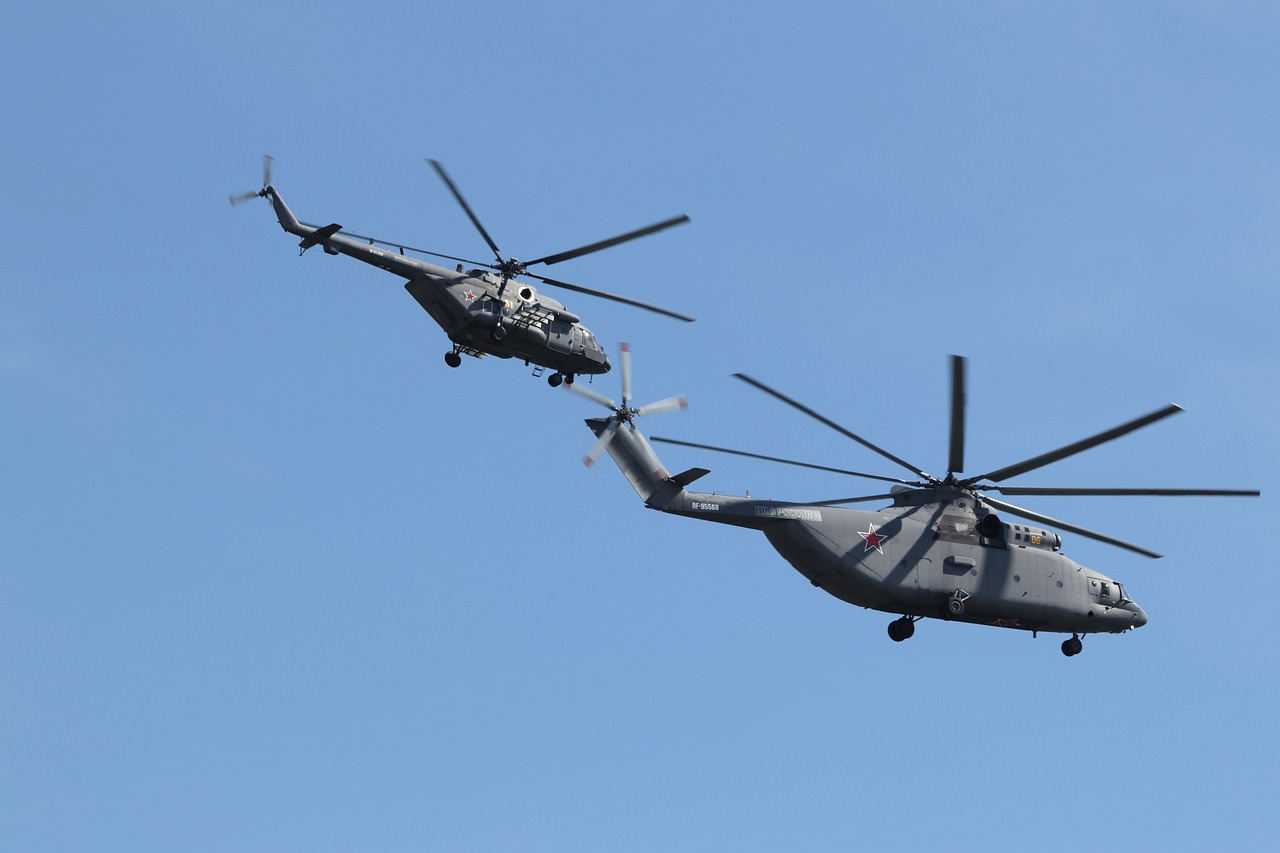
Sensor Technology
The MQ-9 Reaper drone is not just a flying machine; it’s a technological marvel equipped with cutting-edge sensor technology that transforms it into a formidable tool for intelligence gathering and combat operations. At the heart of its capabilities lies a suite of sensors that allow the Reaper to perform its missions with unparalleled precision and effectiveness. Imagine having the ability to see and analyze an area from thousands of feet in the air, all while remaining undetected. That’s the power of the Reaper’s sensors.
One of the key components of the Reaper's sensor suite is its Electro-Optical/Infrared (EO/IR) system. This sophisticated technology enables the drone to capture high-resolution images and video in both daylight and low-light conditions. The EO/IR system operates by utilizing different wavelengths of light, allowing it to detect heat signatures, making it particularly effective for identifying targets that are otherwise hidden. Whether it’s tracking enemy movements or assessing damage after an airstrike, the EO/IR system provides crucial data that can influence tactical decisions on the ground.
In addition to EO/IR systems, the MQ-9 is equipped with advanced radar systems that enhance its situational awareness. These radar systems can detect and track moving targets over vast distances, providing real-time information to operators. The integration of synthetic aperture radar (SAR) allows the Reaper to create detailed maps of the terrain, which is invaluable for mission planning and execution. This capability is akin to having a bird's-eye view of the battlefield, offering insights that are not possible with traditional reconnaissance methods.
Furthermore, the Reaper employs signals intelligence (SIGINT) sensors that intercept and analyze communications. This ability to gather electronic intelligence is crucial for understanding enemy operations and intentions. By listening in on enemy communications, military forces can gain a significant advantage, allowing them to plan their strategies more effectively. The combination of EO/IR, radar, and SIGINT sensors creates a comprehensive picture of the operational environment, enabling commanders to make informed decisions.
To manage and analyze the vast amounts of data collected by these sensors, the MQ-9 is equipped with advanced data processing systems. These systems not only facilitate real-time analysis but also allow for the storage and retrieval of historical data. This capability is essential for identifying patterns and trends over time, which can be critical for anticipating enemy actions. Just like a detective piecing together clues from a crime scene, the Reaper’s data processing systems help military analysts connect the dots and uncover valuable intelligence.
In summary, the sensor technology of the MQ-9 Reaper drone represents a significant leap forward in aerial surveillance and combat capabilities. With its combination of EO/IR, radar, and SIGINT systems, along with advanced data processing capabilities, the Reaper is equipped to handle a wide array of missions. As technology continues to evolve, we can expect even more enhancements that will further solidify the Reaper's role as a vital asset in modern warfare.
- What types of sensors are used in the MQ-9 Reaper?
The MQ-9 Reaper utilizes Electro-Optical/Infrared (EO/IR) systems, radar systems, and signals intelligence (SIGINT) sensors to gather intelligence and perform surveillance. - How does the sensor technology improve mission effectiveness?
The advanced sensor technology allows the Reaper to gather real-time data, providing military forces with critical information that aids in tactical decision-making and enhances overall mission effectiveness. - Can the Reaper operate in low-light conditions?
Yes, the EO/IR system enables the Reaper to capture high-resolution images and video even in low-light conditions, making it versatile for various operational scenarios.
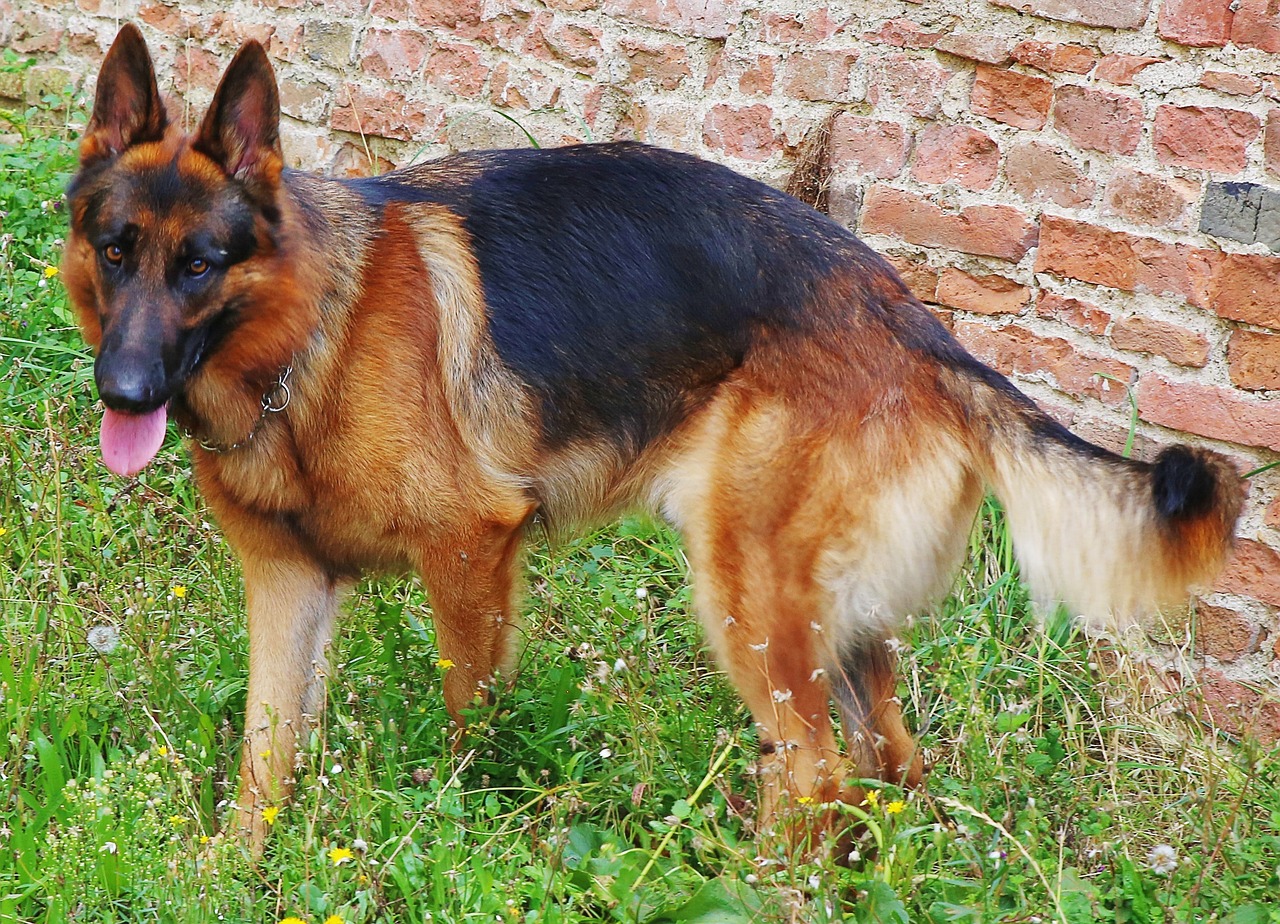
Data Analysis
The MQ-9 Reaper drone doesn't just gather data; it transforms that data into actionable intelligence in real-time. Imagine being in a high-stakes game of chess where every move counts. The Reaper acts like a grandmaster, analyzing each piece on the board and predicting the opponent's strategy. This capability is crucial for military operations, where timely information can mean the difference between success and failure.
One of the standout features of the Reaper is its ability to process vast amounts of data quickly. Equipped with advanced algorithms, it can sift through images, signals, and other forms of intelligence to identify patterns and anomalies. This is akin to having a super-sleuth on your team, one that never tires and can work around the clock to provide insights that human analysts might miss. The Reaper's data analysis capabilities allow military commanders to make informed decisions based on real-time information, ensuring a tactical advantage in the field.
Furthermore, the data collected by the Reaper is not just stored; it is analyzed and disseminated to the relevant units almost instantaneously. This rapid data flow is essential for operational success, especially in dynamic combat environments. For example, if the Reaper identifies a potential threat, the information can be relayed to ground troops or other aircraft almost immediately, allowing for coordinated responses. This level of integration and speed enhances situational awareness and operational effectiveness.
To illustrate the importance of data analysis in military operations, consider the following table that outlines the types of data the MQ-9 Reaper collects and their respective applications:
| Data Type | Application |
|---|---|
| Imagery Data | Target identification and surveillance |
| Signal Intelligence | Monitoring communications and electronic signals |
| Geospatial Data | Mapping and terrain analysis |
| Environmental Data | Weather conditions and their impact on missions |
In summary, the data analysis capabilities of the MQ-9 Reaper are a game-changer in modern warfare. By converting raw data into strategic insights, the Reaper not only enhances military effectiveness but also saves lives by enabling more precise and informed decision-making. As technology continues to evolve, we can expect even more sophisticated data analysis features that will further empower military operations.
- What is the primary role of the MQ-9 Reaper? The MQ-9 Reaper primarily serves as an unmanned aerial vehicle for intelligence, surveillance, reconnaissance, and precision strike missions.
- How does the Reaper gather intelligence? The Reaper is equipped with advanced sensors and cameras that allow it to gather real-time data, which is then analyzed for actionable intelligence.
- What are the advantages of using the Reaper over manned aircraft? The Reaper reduces risks to human life, offers cost-effectiveness, and can operate for extended periods without the need for refueling.
- What challenges does the MQ-9 Reaper face? The Reaper faces challenges such as vulnerability to countermeasures and communication vulnerabilities due to its reliance on satellite links.
- What does the future hold for the MQ-9 Reaper? Future developments may include enhanced autonomous capabilities and better integration with other military systems.

Combat Operations
The MQ-9 Reaper drone is not just a flying machine; it’s a game-changer in the realm of . Imagine a hawk soaring high above the battlefield, its keen eyes locked on a target, ready to strike with precision. That’s the essence of what the Reaper brings to modern warfare. With its ability to execute precision strikes, the Reaper significantly reduces collateral damage while effectively neutralizing high-value targets. This capability is crucial in today’s conflicts, where the stakes are high, and the margin for error is slim.
Equipped with advanced weaponry, including laser-guided missiles and precision bombs, the Reaper can engage targets with pinpoint accuracy from altitudes that keep it out of harm’s way. This not only protects the drone itself but also minimizes the risk to ground troops and civilians in the vicinity. The result is a tactical advantage that can turn the tide of battle. Furthermore, the Reaper can loiter over a target area for extended periods, allowing commanders to wait for the perfect moment to strike, similar to a lion patiently stalking its prey.
In addition to its striking capabilities, the Reaper plays a vital role in target identification and damage assessment. Before a strike is authorized, the drone’s sensors gather real-time intelligence, ensuring that the target is legitimate and that potential collateral damage is minimized. After the strike, the Reaper can assess the damage, providing immediate feedback to commanders and allowing for quick adjustments in strategy if necessary. This cycle of observation, action, and assessment exemplifies the drone's critical role in modern military operations.
One of the standout features of the MQ-9 is its ability to operate in joint operations alongside other military assets. For example, it can coordinate with ground troops, manned aircraft, and naval forces, creating a unified front that enhances overall mission effectiveness. This synergy allows for a comprehensive approach to combat, where the Reaper serves as the eyes in the sky, guiding and supporting ground forces with real-time information and precision strikes.
Moreover, the Reaper’s operational flexibility is unmatched. It can be deployed in a variety of scenarios, from counter-terrorism operations to conventional warfare. Its versatility means that it can adapt to changing battlefield conditions, much like a skilled chess player who anticipates the opponent's moves and adjusts strategies accordingly. This adaptability not only enhances the effectiveness of military operations but also ensures that resources are utilized efficiently.
In summary, the MQ-9 Reaper drone stands as a testament to the evolution of combat operations in the 21st century. With its combination of advanced technology, precision weaponry, and operational flexibility, it has redefined what it means to engage in modern warfare. As military strategies evolve, so too will the role of the Reaper, ensuring that it remains an invaluable asset on the battlefield.
- What is the primary purpose of the MQ-9 Reaper drone?
The MQ-9 Reaper is primarily used for intelligence, surveillance, reconnaissance, and precision strikes in combat operations. - How does the Reaper minimize collateral damage?
By utilizing precision-guided munitions and advanced targeting systems, the Reaper can strike with high accuracy, reducing unintended damage. - Can the Reaper operate autonomously?
While it is primarily operated remotely, future upgrades may enhance its autonomous capabilities. - What are the advantages of using drones like the MQ-9 in combat?
Drones reduce the risk to human life, provide real-time intelligence, and can loiter over targets for extended periods.

Advantages Over Manned Aircraft
The MQ-9 Reaper drone brings a plethora of advantages to the table when compared to traditional manned aircraft. One of the most notable benefits is the increased safety for pilots. In a world where combat zones can be perilous and unpredictable, the ability to operate remotely means that human lives are not directly at risk. This aspect allows military forces to engage in daring missions in hostile environments without the fear of losing valuable personnel. Imagine being able to send a highly capable aircraft into danger while you sit safely hundreds of miles away—this is the reality of drone warfare.
Another significant advantage is the extended mission durations that the Reaper can achieve without the need for refueling. While manned aircraft typically have limitations based on fuel capacity and pilot endurance, the Reaper can stay aloft for extended periods, collecting data and monitoring targets continuously. This endurance translates to a strategic edge on the battlefield, allowing for persistent surveillance and timely responses to evolving situations. To put it simply, while a manned aircraft might need to return to base for a break, the Reaper can keep its eyes on the prize, ensuring that critical information is gathered without interruption.
Moreover, the operational costs associated with deploying the MQ-9 Reaper are generally lower than those of manned aircraft. The expenses related to pilot training, maintenance, and insurance for traditional aircraft can be astronomical. In contrast, the Reaper's design and operational model allow for a more cost-effective solution. Consider this: a military operation utilizing drones can allocate resources more efficiently, potentially saving millions of dollars in the long run. This financial viability is crucial, especially when budgets are tight and every dollar counts.
In summary, the advantages of the MQ-9 Reaper over manned aircraft are profound. The combination of reduced risk to human life, extended mission capabilities, and cost-effectiveness makes it a formidable asset in modern warfare. As military operations continue to evolve, the Reaper stands out as a prime example of how technology can enhance tactical effectiveness while prioritizing safety and efficiency.
- What is the primary function of the MQ-9 Reaper?
The primary function of the MQ-9 Reaper is to conduct intelligence, surveillance, reconnaissance, and precision strikes against high-value targets.
- How does the Reaper minimize risks to pilots?
By operating remotely, the MQ-9 Reaper eliminates the need for pilots to be physically present in dangerous combat zones, significantly reducing the risk to human life.
- What are the cost advantages of using the Reaper?
The operational costs of deploying the MQ-9 are generally lower than those of manned aircraft due to reduced training, maintenance, and insurance expenses.
- Can the Reaper operate for long periods without refueling?
Yes, the MQ-9 Reaper has the capability to stay airborne for extended durations, allowing for persistent surveillance and data collection.

Reduced Risk to Human Life
The MQ-9 Reaper drone represents a significant advancement in military technology, particularly in terms of reducing risk to human life. Traditionally, military operations often required pilots to fly directly into hostile environments, exposing them to various threats, including enemy fire and anti-aircraft systems. However, with the introduction of unmanned aerial vehicles (UAVs) like the Reaper, this paradigm has shifted dramatically. By allowing operators to control the drone from a safe distance, the Reaper minimizes the potential for loss of life among military personnel.
Imagine a scenario where a reconnaissance mission must be conducted over a heavily fortified area. In the past, sending a manned aircraft would have put the pilot's life at risk. Now, with the Reaper, the mission can be executed without endangering any human lives. This shift not only enhances safety but also empowers military leaders to make bolder strategic decisions. They can engage in operations that might have been deemed too dangerous if a pilot were involved.
Moreover, the Reaper's ability to operate in high-risk zones allows for more comprehensive intelligence gathering. The drone can loiter over a target area for extended periods, collecting crucial data without the immediate threat to a human operator. This capability is particularly beneficial in areas where ground troops cannot safely operate, such as urban environments or regions with dense anti-aircraft defenses.
Another vital aspect of the Reaper's design is its remote operation capability. This feature not only protects pilots but also allows for a more flexible response to evolving situations on the battlefield. For example, if a target emerges unexpectedly, operators can quickly direct the Reaper to engage without having to risk a manned aircraft. The drone's precision strike capabilities further ensure that missions can be carried out with minimal collateral damage, preserving civilian lives and infrastructure.
In summary, the MQ-9 Reaper drone fundamentally transforms military operations by significantly reducing the risk to human life. Its ability to conduct missions remotely and safely allows for more effective and decisive action in complex and dangerous environments. As military technology continues to evolve, the emphasis on protecting personnel while maintaining operational effectiveness will undoubtedly remain a top priority.
- What is the primary advantage of using drones like the MQ-9 Reaper?
The primary advantage is the reduced risk to human life, as operators can control the drone from a safe distance. - How does the Reaper gather intelligence?
The Reaper is equipped with advanced sensors that allow it to collect real-time data and monitor targets effectively. - Are there any risks associated with operating the MQ-9 Reaper?
Yes, the Reaper is vulnerable to countermeasures and relies on satellite communications, which can be disrupted. - What future developments can we expect for the Reaper?
Future developments may include enhanced autonomous capabilities and better integration with other military systems.
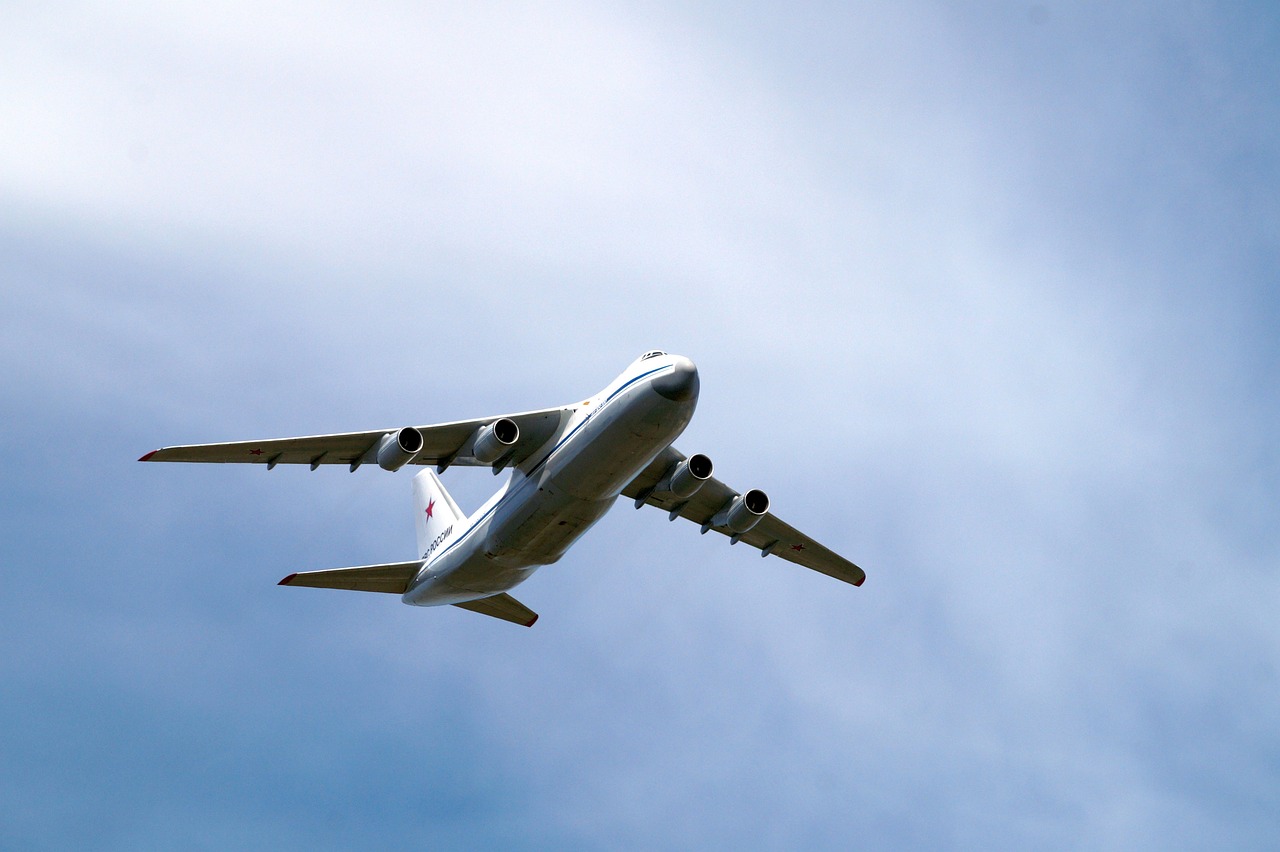
Cost-Effectiveness
The MQ-9 Reaper drone stands out not just for its impressive capabilities but also for its . When you think about military operations, the expenses can skyrocket quickly. However, the Reaper offers a more economical approach to modern warfare. With lower operational costs compared to traditional manned aircraft, the Reaper becomes a financially viable option for many military forces around the world.
Let’s break it down a bit. The cost of operating a manned aircraft includes various factors such as fuel, maintenance, and pilot salaries. On the other hand, the Reaper, being an unmanned aerial vehicle (UAV), significantly reduces these expenses. For instance, the fuel consumption of the Reaper is generally lower, and it doesn’t require a pilot onboard, which eliminates the need for costly pilot training and salaries.
Moreover, the Reaper’s ability to conduct long-duration missions without the need for frequent refueling means that military operations can be sustained for longer periods without incurring additional costs. To illustrate this, here’s a simple comparison:
| Cost Factor | Manned Aircraft | MQ-9 Reaper |
|---|---|---|
| Fuel Costs | High | Low |
| Maintenance | Higher due to complexity | Lower |
| Pilot Salaries | Required | Not Required |
| Mission Duration | Limited by crew fatigue | Extended |
This table clearly shows that the MQ-9 Reaper provides substantial savings across various cost factors. Additionally, the ability to perform multiple roles—such as surveillance, reconnaissance, and precision strikes—means that the Reaper can effectively replace several different aircraft, further enhancing its .
In summary, the MQ-9 Reaper drone is not only a technological marvel but also a smart financial choice for military operations. By minimizing costs while maximizing efficiency and effectiveness, it proves to be an invaluable asset in the ever-evolving landscape of modern warfare.
- What is the primary function of the MQ-9 Reaper?
The MQ-9 Reaper is primarily used for intelligence, surveillance, reconnaissance, and precision strikes. - How does the MQ-9 Reaper compare to manned aircraft in terms of cost?
The Reaper generally has lower operational costs due to reduced fuel consumption, maintenance, and the absence of pilot salaries. - What are the advantages of using unmanned drones like the MQ-9?
Unmanned drones reduce risk to human life, allow for longer mission durations, and can perform multiple roles effectively. - What challenges does the MQ-9 Reaper face?
The Reaper faces challenges such as vulnerability to countermeasures and reliance on satellite communications for control.
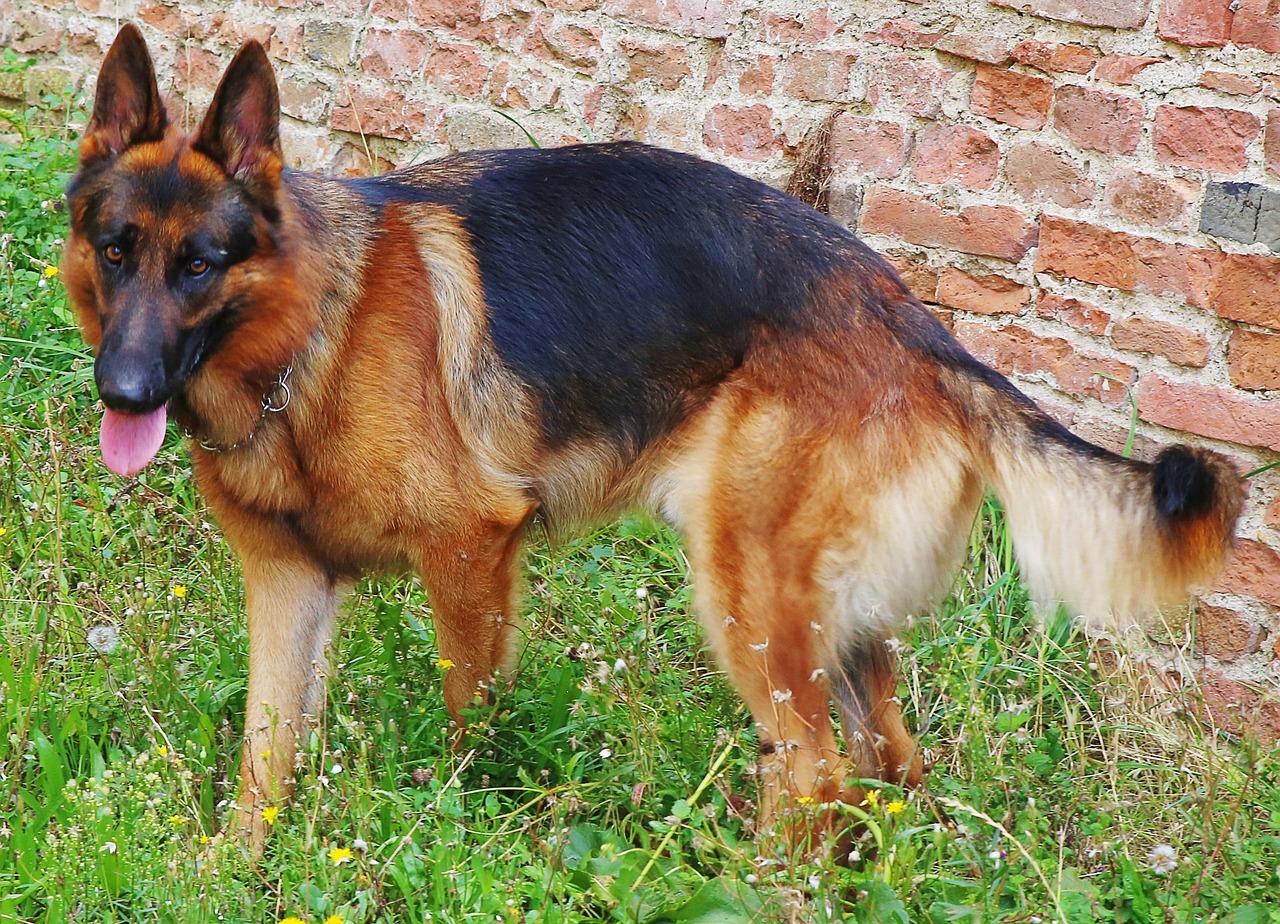
Challenges and Limitations
Despite the impressive capabilities of the MQ-9 Reaper drone, it is not without its . As we delve into the complex world of modern warfare, it’s crucial to recognize that even the most advanced technologies have their weaknesses. One of the primary challenges faced by the Reaper is its vulnerability to countermeasures. As adversaries become more adept at developing technologies aimed at disrupting drone operations, the Reaper must continuously evolve to stay ahead of potential threats.
For instance, anti-drone technologies, such as jamming devices and electronic warfare tactics, can hinder the Reaper's operations. These countermeasures can disrupt the drone's communication links, making it difficult for operators to maintain control or receive real-time data. This highlights a significant aspect of modern warfare: the need for constant innovation and adaptability in military technology. The Reaper's design must incorporate advanced counter-countermeasures to mitigate these risks effectively.
Moreover, the MQ-9 Reaper's reliance on satellite communications for control and data transmission presents another layer of vulnerability. While satellite links provide extensive coverage and connectivity, they are not impervious to disruption. In hostile environments, where the risk of interception or jamming is high, the Reaper's operational effectiveness can be compromised. This situation underscores the importance of developing secure and resilient communication systems that can withstand potential threats.
In addition to these technical challenges, there are also operational limitations that need to be addressed. The Reaper, while capable of long missions, still has a finite endurance. Factors such as weather conditions, battery life, and payload weight can affect its operational range and effectiveness. For instance, adverse weather can limit the Reaper's ability to gather intelligence or engage in combat operations, creating gaps in situational awareness for military commanders.
Furthermore, the ethical implications of drone warfare cannot be overlooked. The use of unmanned aerial vehicles like the MQ-9 raises questions about accountability and the potential for unintended consequences. As military forces increasingly rely on drones for precision strikes, the risk of collateral damage and civilian casualties remains a pressing concern. This ethical dimension adds another layer of complexity to the operational landscape, necessitating strict guidelines and oversight to ensure responsible use of drone technology.
In conclusion, while the MQ-9 Reaper drone represents a significant leap in military technology, it is essential to acknowledge its challenges and limitations. From vulnerabilities to countermeasures and communication systems to operational constraints and ethical considerations, the Reaper's effectiveness is influenced by a myriad of factors. As we look to the future, addressing these challenges will be crucial in maintaining the Reaper's status as a vital asset in modern warfare.
- What are the main challenges faced by the MQ-9 Reaper?
The main challenges include vulnerability to countermeasures, reliance on satellite communications, and operational limitations such as weather conditions.
- How does the Reaper handle communication vulnerabilities?
The Reaper relies on secure satellite links, but ongoing advancements in technology are necessary to mitigate risks associated with potential disruptions.
- What ethical concerns are associated with drone warfare?
Ethical concerns include accountability for strikes, potential civilian casualties, and the need for strict operational guidelines.
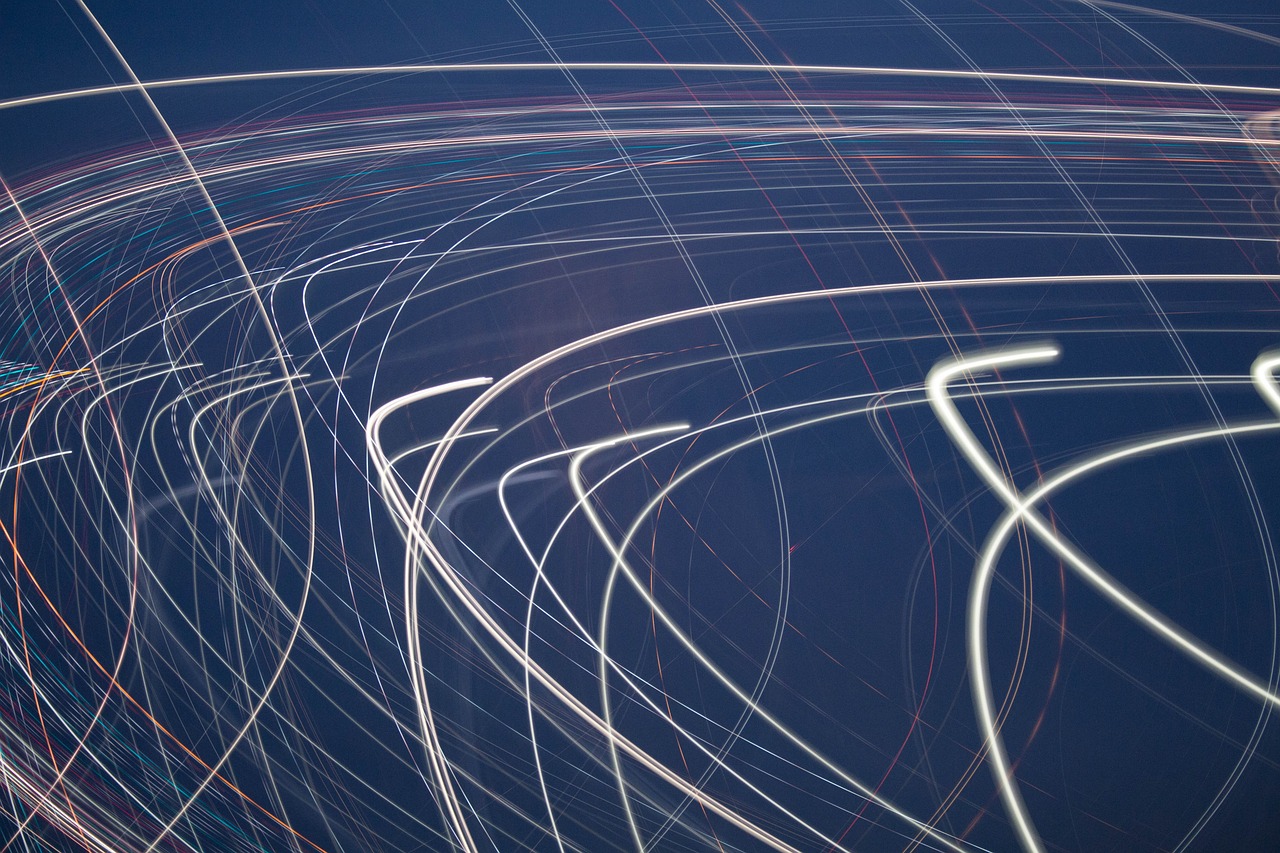
Countermeasures
The MQ-9 Reaper, while a formidable asset in modern warfare, is not without its vulnerabilities. As technology progresses, adversaries are increasingly developing sophisticated countermeasures designed to disrupt or neutralize drone operations. These countermeasures can take various forms, from electronic warfare tactics to advanced missile systems. For instance, some enemy forces are equipping themselves with jamming devices that can interfere with the Reaper's communication links, rendering it less effective in the field.
Moreover, the rise of anti-drone technologies poses a significant threat. Many nations are investing in systems specifically designed to detect and intercept unmanned aerial vehicles (UAVs). This includes the deployment of radar systems that can identify the unique signatures of drones, allowing for timely responses to potential threats. As a result, the Reaper must continuously adapt to these evolving threats to maintain its operational effectiveness. The challenge lies not only in enhancing the drone's defensive capabilities but also in ensuring that it can operate in environments where these countermeasures are prevalent.
To illustrate the various countermeasures that can affect the MQ-9 Reaper, consider the following table:
| Countermeasure Type | Description |
|---|---|
| Electronic Jamming | Interferes with the drone's communication systems, disrupting control and data transmission. |
| Anti-Drone Missiles | Specialized missiles designed to target and destroy UAVs in flight. |
| Radar Detection Systems | Advanced radar setups that can detect and track drones, providing early warning to ground forces. |
In response to these challenges, the developers of the MQ-9 Reaper are constantly innovating. Future upgrades may include enhanced stealth features to reduce radar visibility, improved onboard systems to counteract jamming, and the integration of advanced artificial intelligence to adapt to hostile environments. The race between drone technology and countermeasures is ongoing, and staying ahead of the curve is crucial for maintaining the Reaper's strategic advantage.
- What are the main countermeasures against the MQ-9 Reaper? The primary countermeasures include electronic jamming, anti-drone missiles, and radar detection systems.
- How does the Reaper adapt to evolving threats? The Reaper's developers continuously innovate by enhancing stealth features, improving onboard systems, and integrating advanced AI.
- What impact do countermeasures have on military operations? Countermeasures can significantly reduce the effectiveness of drones, necessitating changes in tactics and technology.
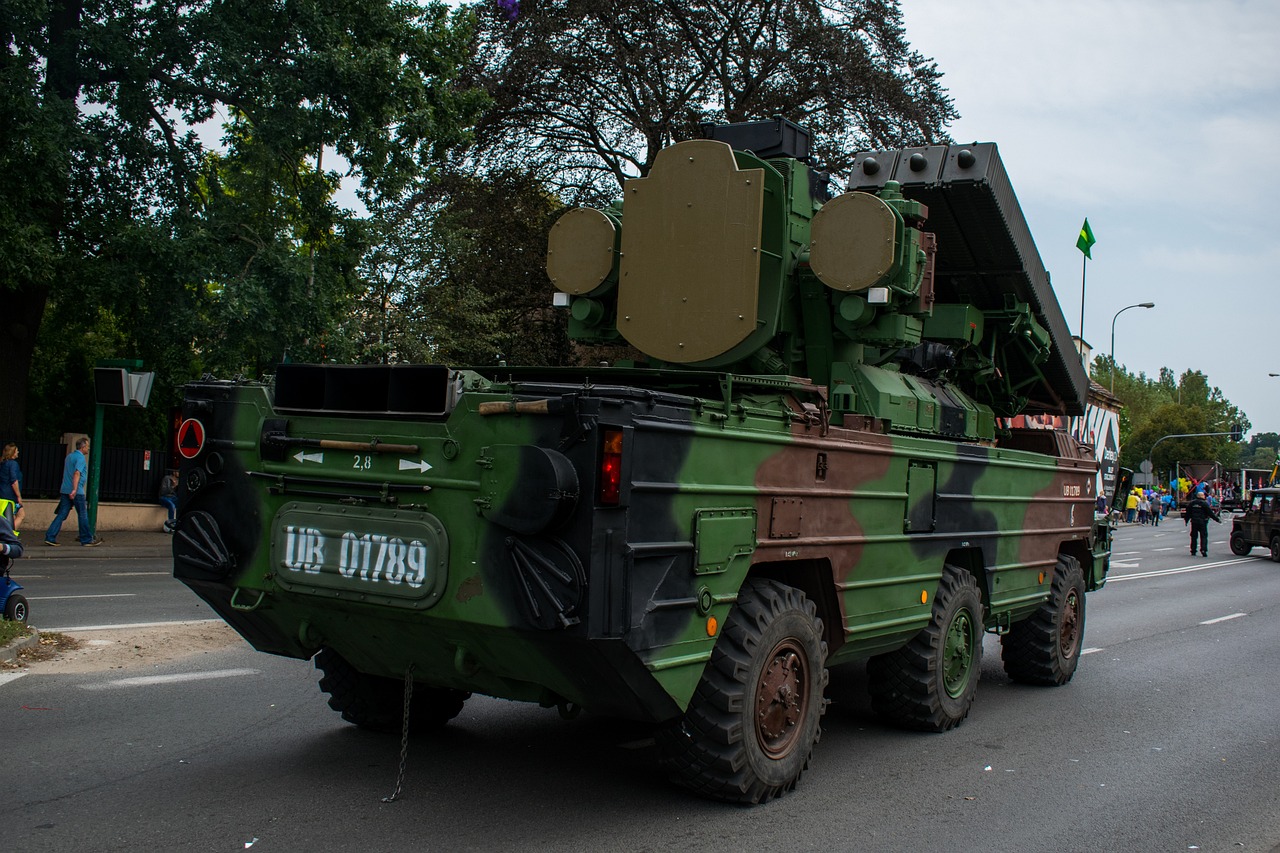
Communication Vulnerabilities
The MQ-9 Reaper drone, while a marvel of modern engineering, is not without its challenges, particularly when it comes to . This drone relies heavily on satellite links for both control and data transmission, creating a potential weak point in its operational effectiveness. Imagine trying to navigate a ship in a storm without a compass; that's akin to what happens if the communication links are disrupted. The reliance on these satellite systems means that any interference or jamming can severely impair the Reaper's ability to execute its missions.
In today's rapidly evolving technological landscape, adversaries are increasingly developing sophisticated countermeasures aimed at disrupting the communication channels used by drones like the MQ-9. This vulnerability doesn't just affect the drone itself; it can compromise entire military operations. For instance, if the Reaper loses its connection during a critical surveillance mission, the real-time intelligence it gathers could be lost, leaving commanders in the dark about enemy movements.
Furthermore, the communication system is not just about maintaining control of the drone; it also involves the transmission of vital data back to the command center. This data can include high-resolution imagery and sensor readings that are crucial for making tactical decisions. If a signal is jammed or intercepted, the implications can be profound. To illustrate this, consider a scenario where a Reaper is tracking a high-value target. If its communication is compromised, the target could escape, and the opportunity for a precision strike could vanish in an instant.
To mitigate these vulnerabilities, there is a pressing need for advancements in secure communication systems. Military experts are exploring various solutions, such as:
- Implementing frequency-hopping technology to make it harder for adversaries to jam signals.
- Utilizing encrypted communication channels to protect data from interception.
- Developing redundant communication systems that can take over if the primary system fails.
In summary, while the MQ-9 Reaper drone is a powerful asset on the battlefield, its reliance on satellite communications exposes it to vulnerabilities that can be exploited by adversaries. As technology continues to advance, addressing these communication challenges will be essential to ensure the drone's effectiveness and the safety of the missions it undertakes.
- What are the primary communication vulnerabilities of the MQ-9 Reaper?
The MQ-9 Reaper primarily relies on satellite links for control and data transmission, making it vulnerable to jamming and interception. - How can these vulnerabilities be mitigated?
Mitigation strategies include using frequency-hopping technology, encrypted communication channels, and redundant systems to maintain operational integrity. - What impact do communication vulnerabilities have on military operations?
Disruptions in communication can lead to loss of real-time intelligence and hinder the ability to execute precision strikes effectively.
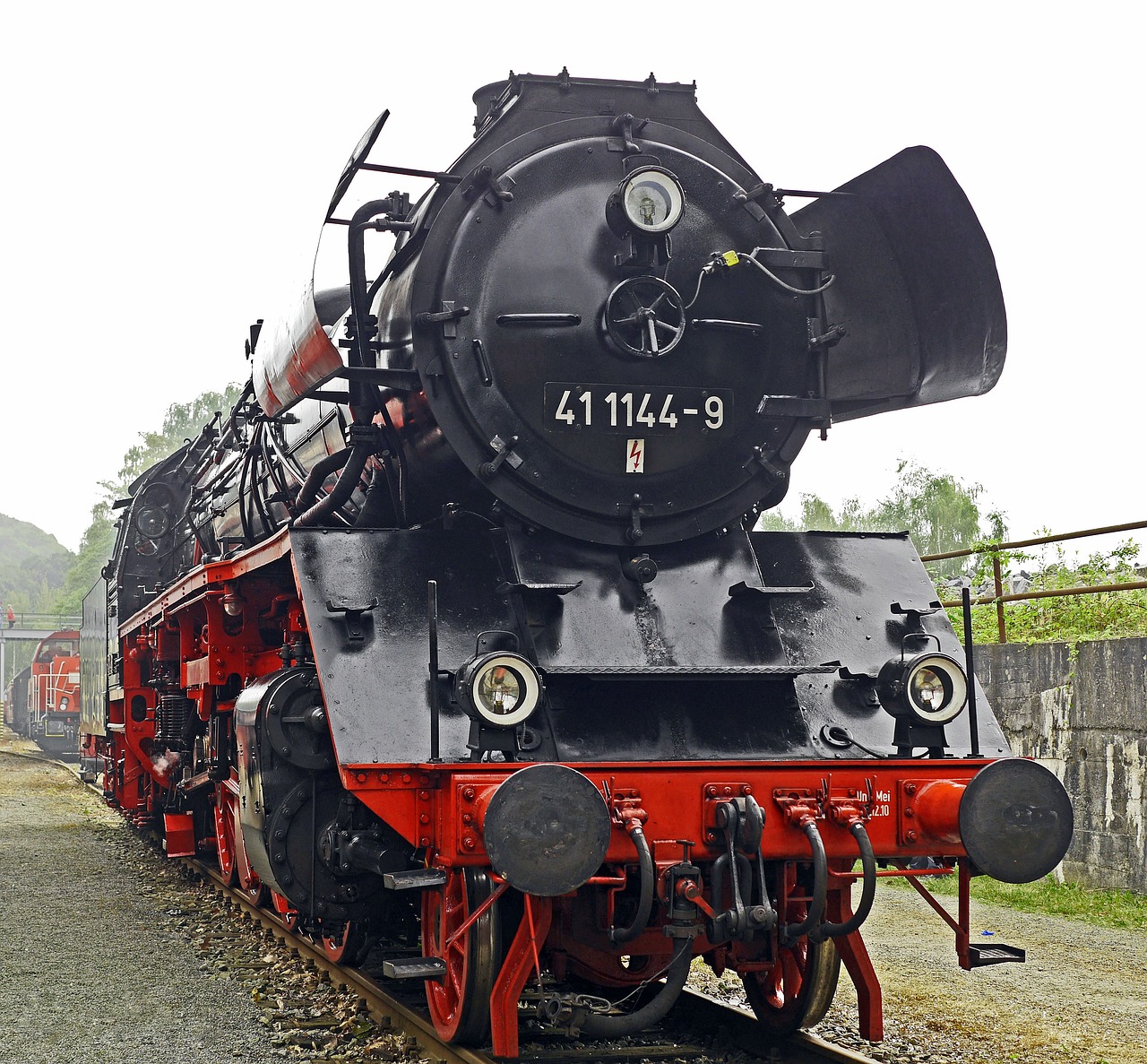
Future Developments
The future of the MQ-9 Reaper drone looks incredibly promising as advancements in technology continue to evolve. Military strategists and engineers are constantly seeking ways to enhance the capabilities of this remarkable unmanned aerial vehicle. One of the most exciting prospects is the development of autonomous capabilities. Imagine a drone that can execute missions with minimal human intervention, using artificial intelligence to make real-time decisions based on the ever-changing battlefield environment. This could revolutionize the way military operations are conducted, allowing for faster response times and increased operational efficiency.
Moreover, the integration of the MQ-9 Reaper with other military systems is on the horizon. As modern warfare becomes more complex, the need for a cohesive operational environment is essential. By connecting the Reaper to ground forces, naval units, and even other aerial platforms, commanders can gain a comprehensive view of the battlefield. This interconnectedness will not only enhance situational awareness but also improve coordination during joint operations.
Additionally, advancements in sensor technology will play a crucial role in the Reaper's future. As sensors become more sophisticated, the ability to gather and analyze data in real-time will be significantly enhanced. This means that the Reaper could potentially identify targets with greater accuracy and provide actionable intelligence faster than ever before. The development of multi-spectral sensors could allow the Reaper to operate effectively in various weather conditions and times of day, providing a tactical advantage that is invaluable in combat scenarios.
In terms of communication systems, future developments may focus on creating more secure and resilient networks. With the current reliance on satellite communications, the Reaper is vulnerable to potential disruptions. Innovations in communication technology, such as mesh networking and quantum encryption, could provide a more robust framework for data transmission, ensuring that control over the drone remains intact even in contested environments.
Lastly, the cost-effectiveness of the MQ-9 Reaper is likely to improve as production techniques advance. The military will continue to seek ways to reduce operational costs while maintaining high performance. This could involve the use of 3D printing for parts, which would not only lower costs but also allow for rapid prototyping and repairs. As these technological advancements unfold, the MQ-9 Reaper will undoubtedly remain a critical asset in modern military operations.
- What is the MQ-9 Reaper used for? The MQ-9 Reaper is primarily used for intelligence, surveillance, reconnaissance, and precision strike missions.
- How does the Reaper differ from manned aircraft? The Reaper offers increased safety for pilots, extended mission durations, and lower operational costs compared to traditional manned aircraft.
- What are the future capabilities of the MQ-9 Reaper? Future developments may include enhanced autonomous capabilities, improved sensor technology, and better integration with other military systems.
- What challenges does the Reaper face? The Reaper faces challenges such as vulnerability to countermeasures and reliance on satellite communications.
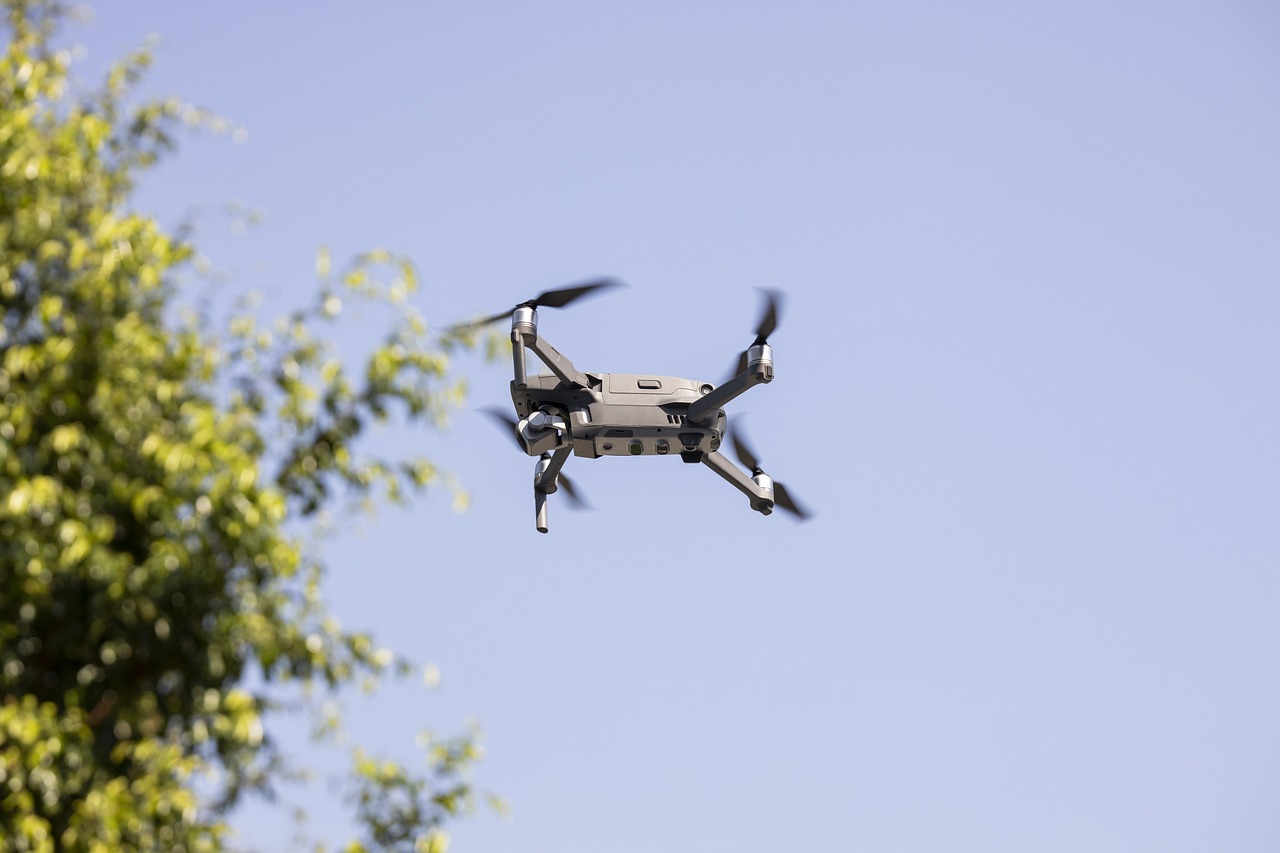
Autonomous Capabilities
The future of the MQ-9 Reaper drone is not just about enhancing its current features; it's about embracing the exciting realm of . Imagine a drone that can operate with minimal human intervention, making split-second decisions and adapting to changing environments on its own. This is not science fiction—it's the direction in which drone technology is heading. By integrating advanced artificial intelligence and machine learning algorithms, the Reaper could potentially execute missions with a level of efficiency and precision that surpasses human control.
One of the most intriguing aspects of autonomous capabilities is the potential for real-time decision-making. Instead of relying solely on human operators, future Reapers could analyze vast amounts of data from their sensors and make tactical decisions in the heat of the moment. This could lead to faster responses in dynamic combat situations, where every second counts. For instance, if a target suddenly changes its position, an autonomous Reaper could quickly recalibrate its flight path and adjust its targeting without waiting for commands from a control center.
Furthermore, the implementation of autonomous capabilities could significantly reduce the cognitive load on human operators. With drones capable of handling routine tasks, operators could focus on more strategic elements of the mission, such as assessing the broader operational environment. This shift could lead to improved mission outcomes and a greater emphasis on strategic planning rather than tactical execution.
However, the journey towards full autonomy is not without its challenges. Safety and reliability are paramount, and developers must ensure that these autonomous systems can handle unexpected situations without human intervention. This raises important questions about the ethics of autonomous warfare and the implications for military strategy. As we move forward, discussions surrounding accountability and decision-making authority will become increasingly crucial.
In summary, the integration of autonomous capabilities into the MQ-9 Reaper represents a significant leap forward in drone technology. It's an exciting prospect that promises to revolutionize military operations, enhancing both efficiency and effectiveness on the battlefield. As technology continues to evolve, we can expect the Reaper to become an even more formidable asset, capable of executing complex missions in environments that would be too dangerous for human pilots.
- What are the primary advantages of autonomous capabilities in drones?
The primary advantages include faster decision-making, reduced cognitive load on operators, and the ability to operate in high-risk environments without endangering human lives. - Will autonomous drones replace human pilots entirely?
While autonomous drones will enhance operational capabilities, human oversight will likely remain essential for strategic decision-making and ethical considerations. - What challenges do autonomous drones face?
Challenges include ensuring reliability in unexpected situations, addressing ethical concerns, and developing robust security measures against potential hacking or interference.
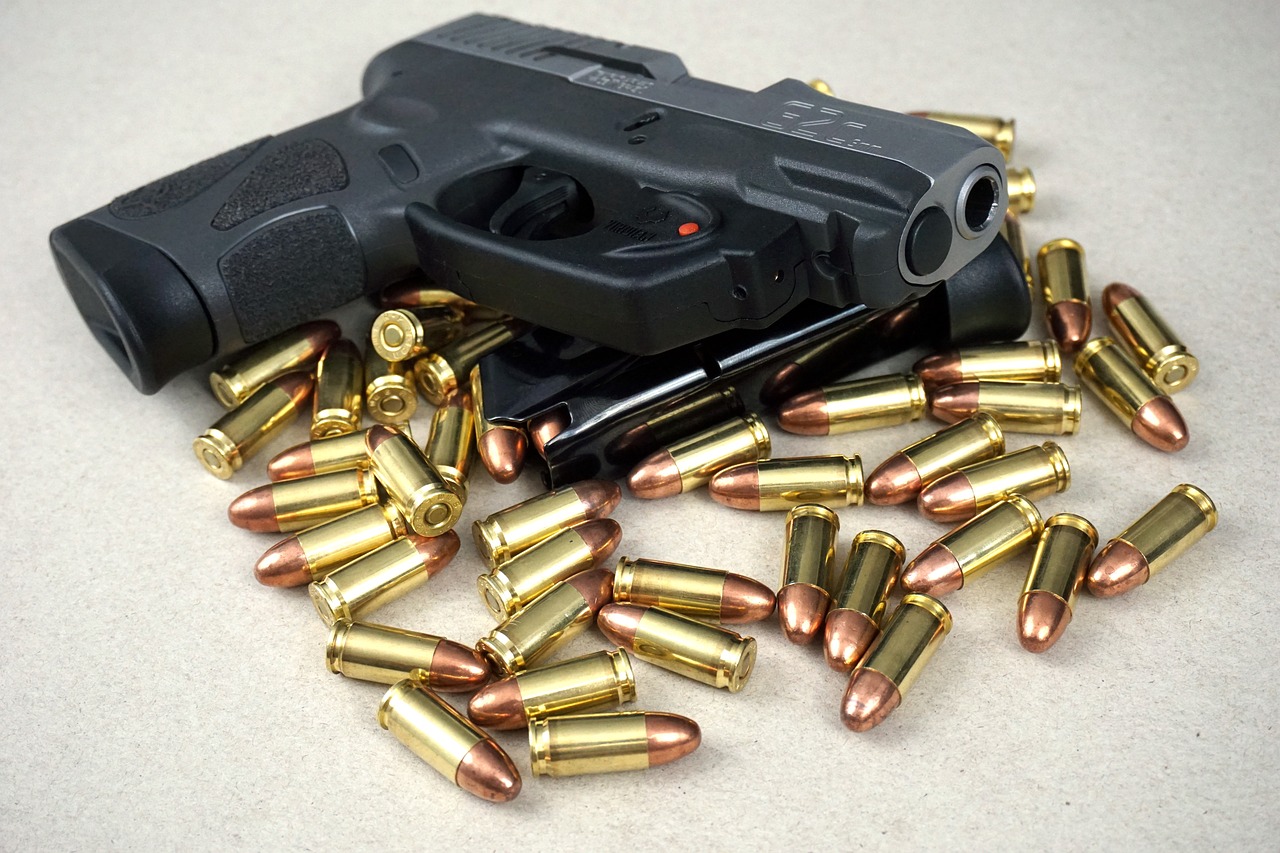
Integration with Other Systems
The MQ-9 Reaper drone is not just a standalone marvel of engineering; it thrives in a networked environment where it can share and receive data from various military systems. This integration is crucial for enhancing the drone's effectiveness and ensuring that military operations are executed with precision and efficiency. Imagine the Reaper as a conductor of an orchestra, where each instrument represents a different military asset, and together they create a symphony of coordinated action.
One of the key aspects of this integration is the ability of the Reaper to communicate seamlessly with ground forces, naval units, and other aerial platforms. For instance, when the Reaper is deployed for surveillance, it can relay real-time intelligence to command centers, which can then make informed decisions based on the latest data. This connectivity allows for a more cohesive operational environment, where all elements of the military are working in harmony.
Moreover, the Reaper can be integrated with advanced targeting systems and weaponry. This means that once a target is identified, the drone can not only provide intelligence but also engage in precision strikes with minimal human intervention. The collaboration between the Reaper and other military systems enhances situational awareness and enables rapid response to emerging threats. For example:
| System | Functionality |
|---|---|
| Ground Control Stations | Monitor and control Reaper operations. |
| Intelligence Analysis Software | Analyze data collected by the Reaper. |
| Joint Tactical Air Controllers | Coordinate air support with ground forces. |
This interconnectedness not only maximizes the capabilities of the Reaper but also minimizes the risks associated with military operations. When multiple systems can share information and coordinate actions, it creates a synergistic effect that enhances overall mission success. The future of military operations will undoubtedly see even greater integration, with the Reaper playing a pivotal role in a networked battlefield.
- What is the primary function of the MQ-9 Reaper?
The MQ-9 Reaper is primarily used for intelligence, surveillance, reconnaissance, and precision strikes in military operations. - How does the Reaper communicate with other military systems?
The Reaper utilizes advanced communication technologies to relay real-time data and intelligence to ground forces and command centers. - What are the advantages of integrating the Reaper with other systems?
Integration enhances situational awareness, allows for rapid response to threats, and maximizes the effectiveness of military operations.
Frequently Asked Questions
- What is the MQ-9 Reaper drone?
The MQ-9 Reaper is an unmanned aerial vehicle (UAV) designed for intelligence, surveillance, reconnaissance, and precision strike missions. It's known for its advanced technology and long endurance capabilities, making it a vital asset in modern military operations.
- What are the key specifications of the MQ-9 Reaper?
The MQ-9 Reaper features a wingspan of 66 feet, a payload capacity of up to 3,800 pounds, and an impressive endurance of over 27 hours. These specifications allow it to carry a variety of sensors and weapons, enhancing its operational versatility.
- How does the MQ-9 Reaper gather intelligence?
The Reaper is equipped with sophisticated sensors, including infrared and electro-optical systems, that enable it to gather real-time intelligence. This data is crucial for making informed tactical decisions during military missions.
- What are the advantages of using the MQ-9 Reaper over manned aircraft?
The Reaper offers several advantages, such as reduced risk to human life since it operates remotely, lower operational costs compared to manned aircraft, and the ability to conduct longer missions without the need for refueling.
- What challenges does the MQ-9 Reaper face?
Despite its advanced capabilities, the Reaper faces challenges like vulnerability to countermeasures developed by adversaries and reliance on satellite communications, which can be disrupted, posing risks to its operations.
- What future developments are expected for the MQ-9 Reaper?
Future iterations of the MQ-9 Reaper may include enhanced autonomous capabilities, allowing for more efficient mission execution. Additionally, integration with other military systems is expected to improve its operational effectiveness.













